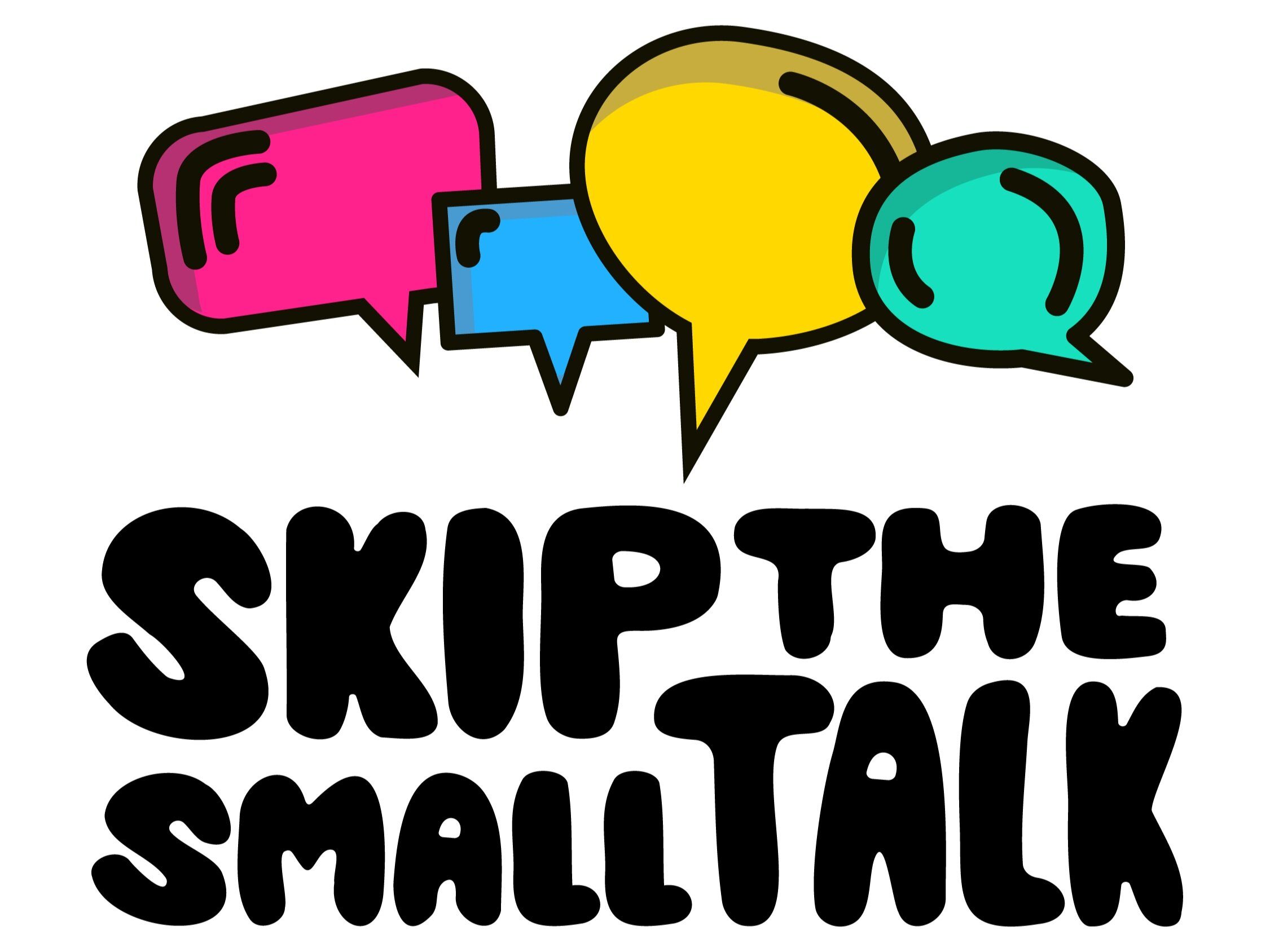One simple trick to make conflict suck less
With any relationship that engenders enough vulnerability and closeness, conflict is usually bound to come up. So one of the best approaches, I’ve found, is to be prepared for it and have a plan for how to handle it when conflict arises.
There’s already tons of literature about how to fight well, but I’ve found one trick that you might not be familiar with.
I call it the “emotional right-of-way.”
When you’re driving a car, it’s predetermined who will get to go first at an intersection so that you don’t end up with a disaster on your hands. If things were left up in the air, chances are, everyone would want to go first to get to their destination as soon as possible. So there are rules in order for everyone to immediately know who should go first.
If two or more people are having a disagreement and feelings are heated, chances are, all parties will want to share their point, and all parties might want to feel understood first, much like all cars at an intersection would probably prefer to go first. But in practice, it’s really, really hard to have everyone feel really listened to and understood at the same time. More likely, you’ll need to focus on one person’s needs at a time. And you’ll need to decide who you focus on first. In my experience, the decision of which person should express their feelings first can make an absolutely gigantic difference in the outcome of the conflict, as well as how the conflict itself feels.
So how do you decide who expresses their feelings first? I’ve found that things tend to go most smoothly when the person who has experienced the most harm expresses their feelings before anyone else does, and when the person who has created the most harm expresses their feelings last.
Think of it this way: If I’m the one who did something to harm you and then I talk about my feelings before checking in about yours, that’s kind of as if I nonconsensually slapped you in the face and then complained about how much my hand hurts. Either way, focusing on my pain before yours will probably feel unfair and create even more pain. So if you’re the one who’s harmed someone, even inadvertently, and even when you feel crummy, it’s probably a good time to take a deep breath, manage some of your feelings on your own, and then hold space for the other person before diving into your own feelings.
For example, let’s pretend that I forgot about a hangout that I had planned with a friend and I accidentally stood them up. And let’s say that I feel shame about it, along with some serious annoyance at my friend for not bringing it up sooner. Even though I may feel pretty bad, according to the emotional right-of-way, things will probably go most smoothly if I take a deep breath, do some emotional management techniques, and then ask my friend how they feel about it and try to hold space for their feelings before I share my own.
If you want some tips on how to hold space for someone, you can find a pretty comprehensive guide here.
Once they’ve shared their feelings, it can help to gauge whether sharing your feelings is still appropriate. One useful question to ask yourself: Will sharing my feelings create more harm? You probably won’t know for certain the answer to that, but taking a guess is often enough.
For example, let’s pretend in the above scenario that I happen to know that being stood up is pretty painful for my friend because it happened to them a lot when they were growing up. In that case, I might decide that my feelings of shame and annoyance are best saved for processing on my own, with a therapist, or with another trusted person who is not socially connected to the friend I stood up. If I were to tell my friend my feelings of annoyance and shame, that might make them feel quite a bit worse about something they already feel quite badly about. If my feelings are something I’m capable of managing on my own or with outside help, it might be in the best interest of everyone involved for me to do so.
I also highly recommend if you have a close relationship that sometimes involves conflict, that you take some time while you’re not experiencing a conflict to mutually agree to abiding by the rules of the emotional right-of-way. (If you want tips about how to have a conversation like that, you can check out our piece on metaconversations.) You might be surprised at how much more quickly and easily your conflicts seem to resolve themselves.

